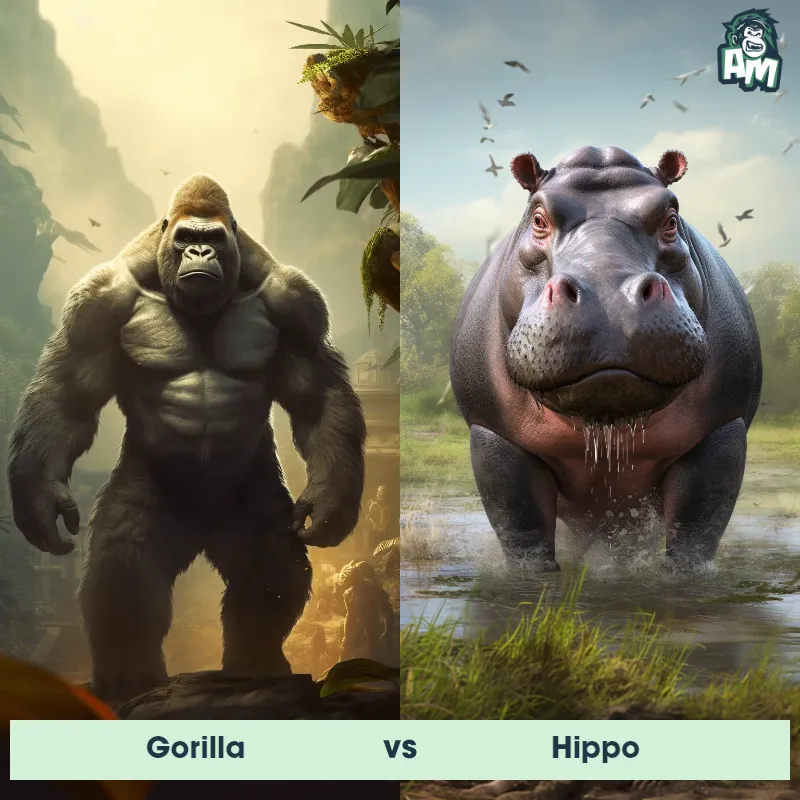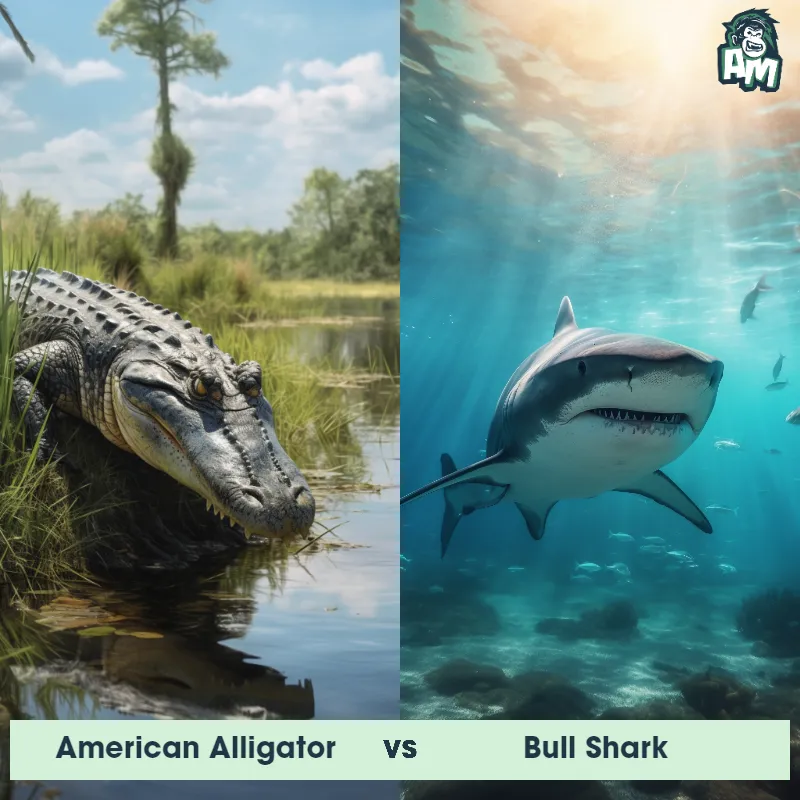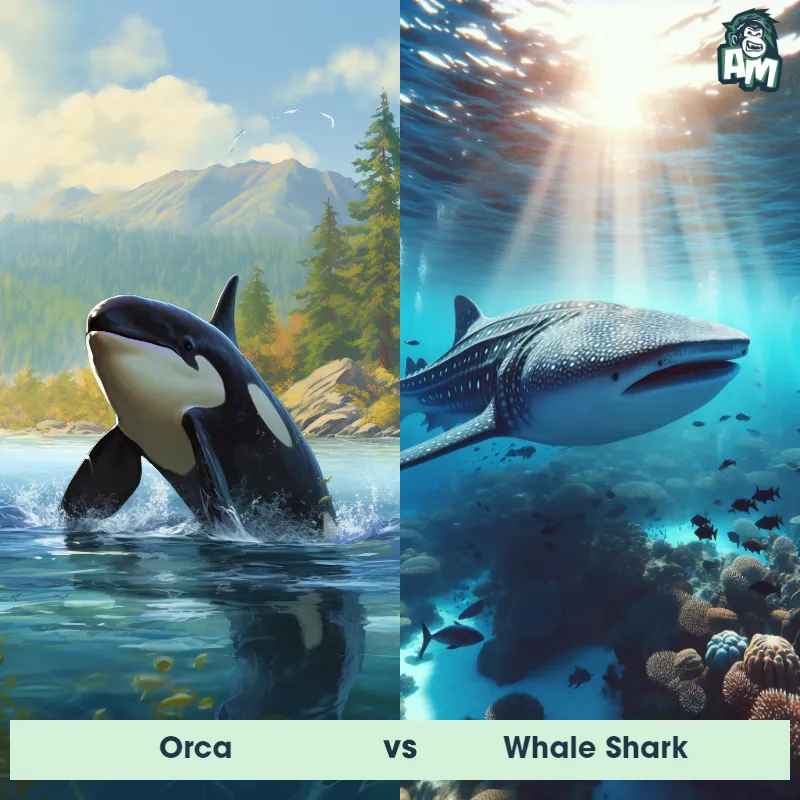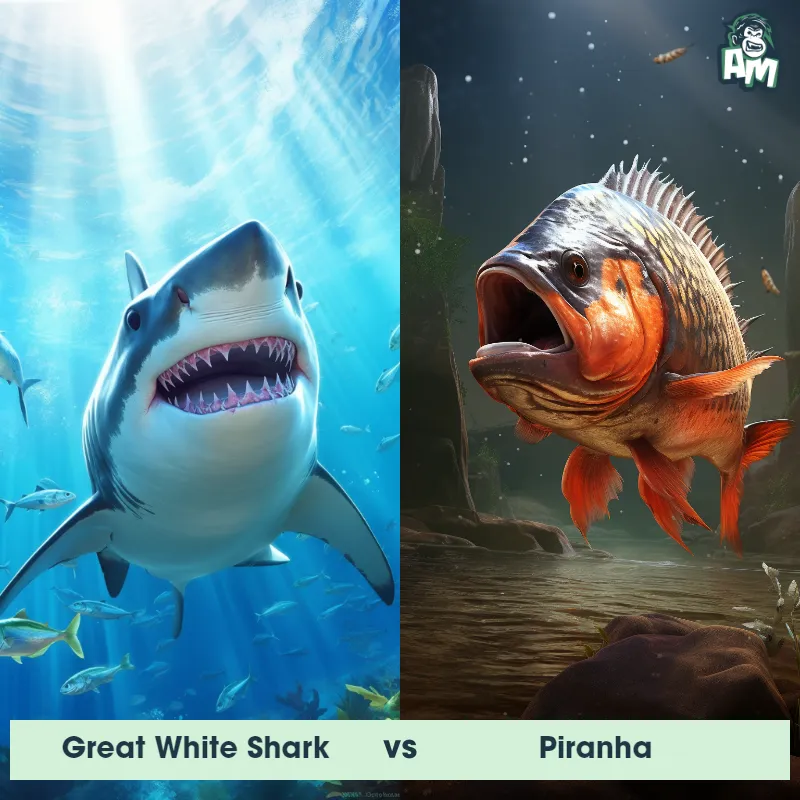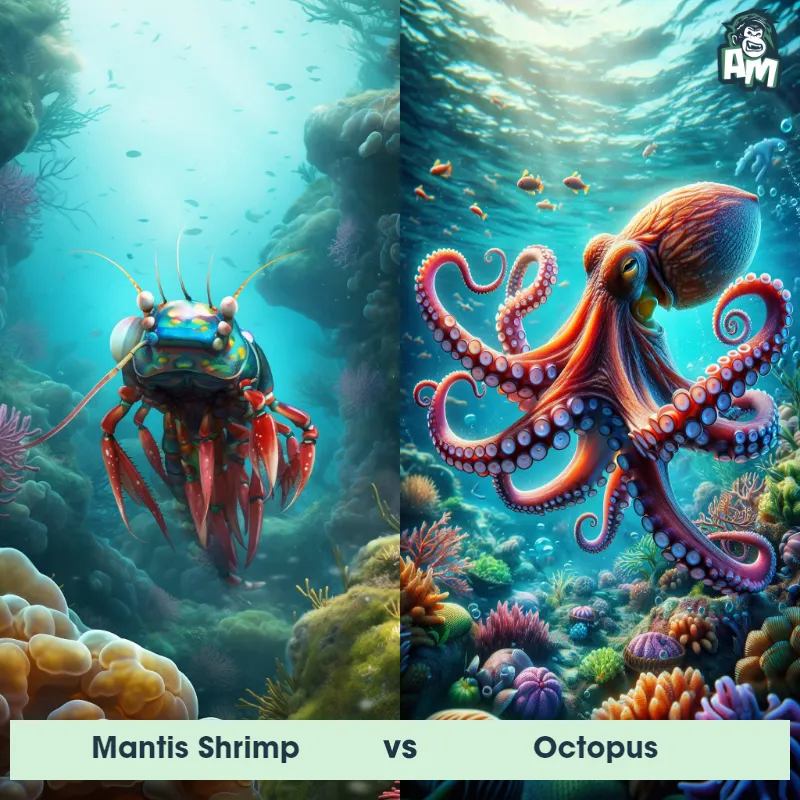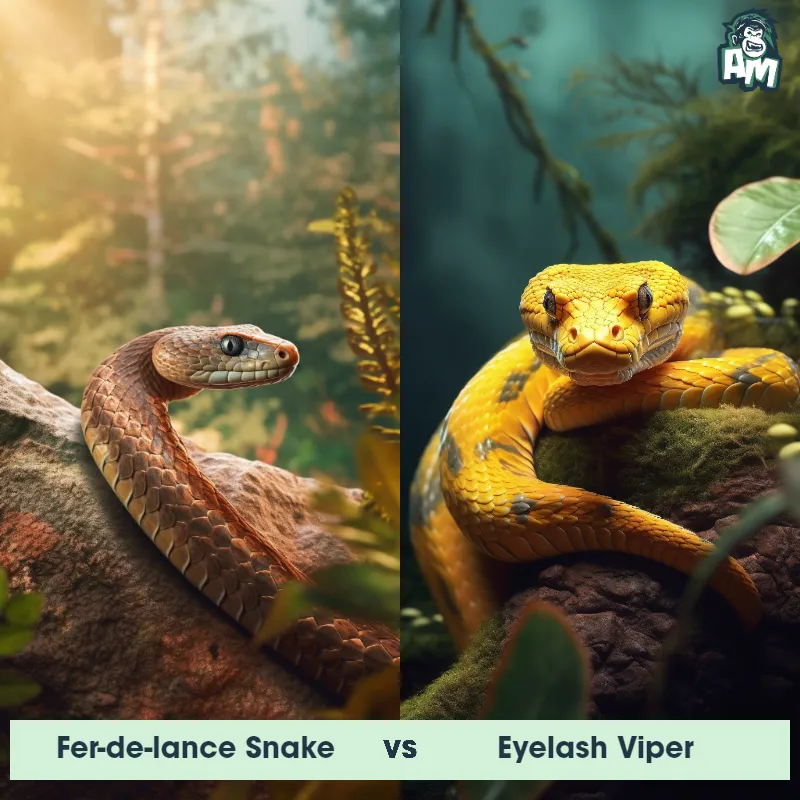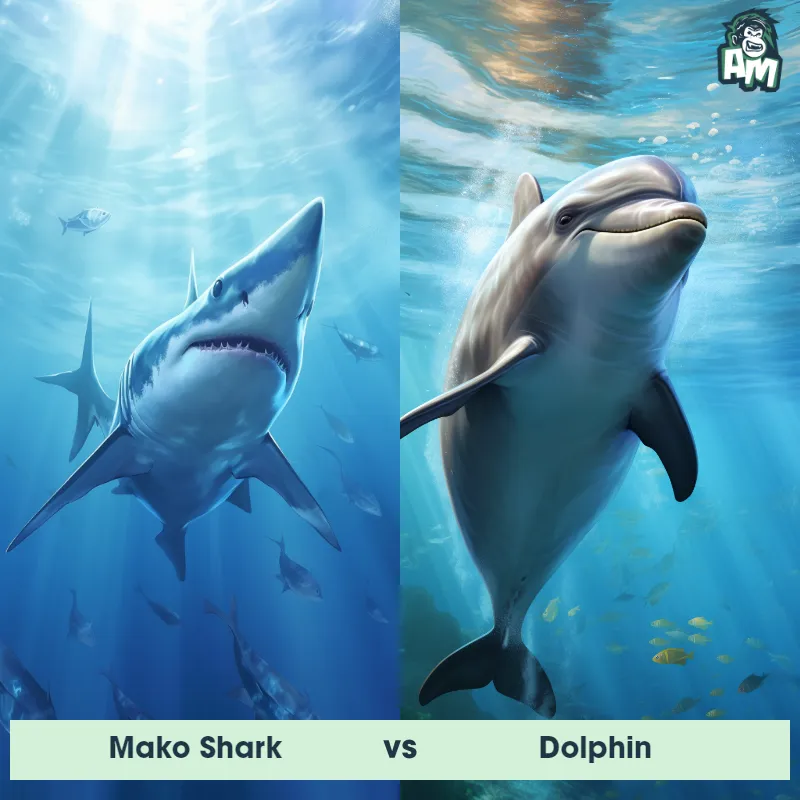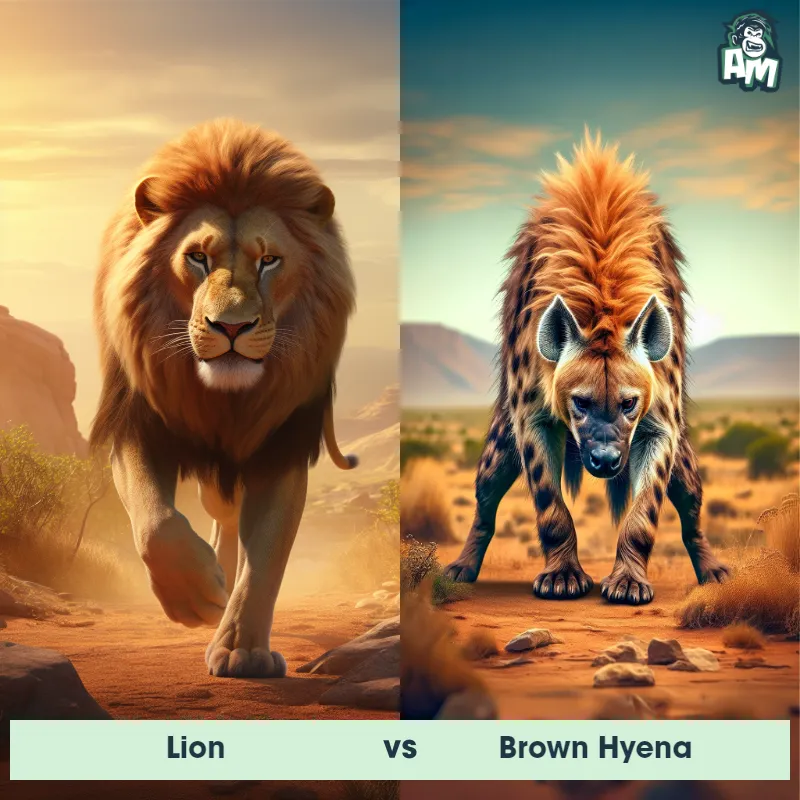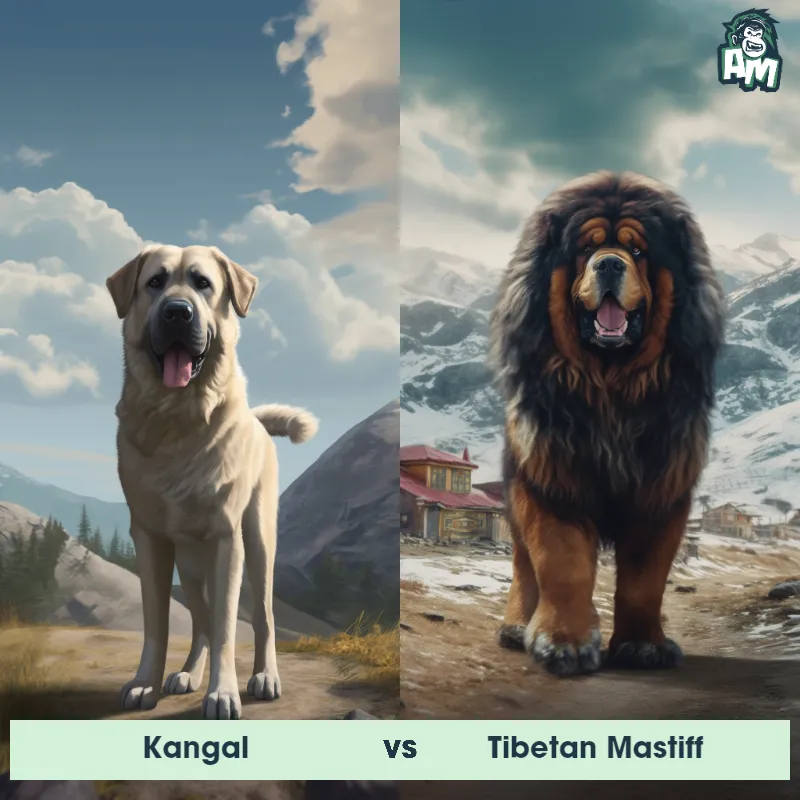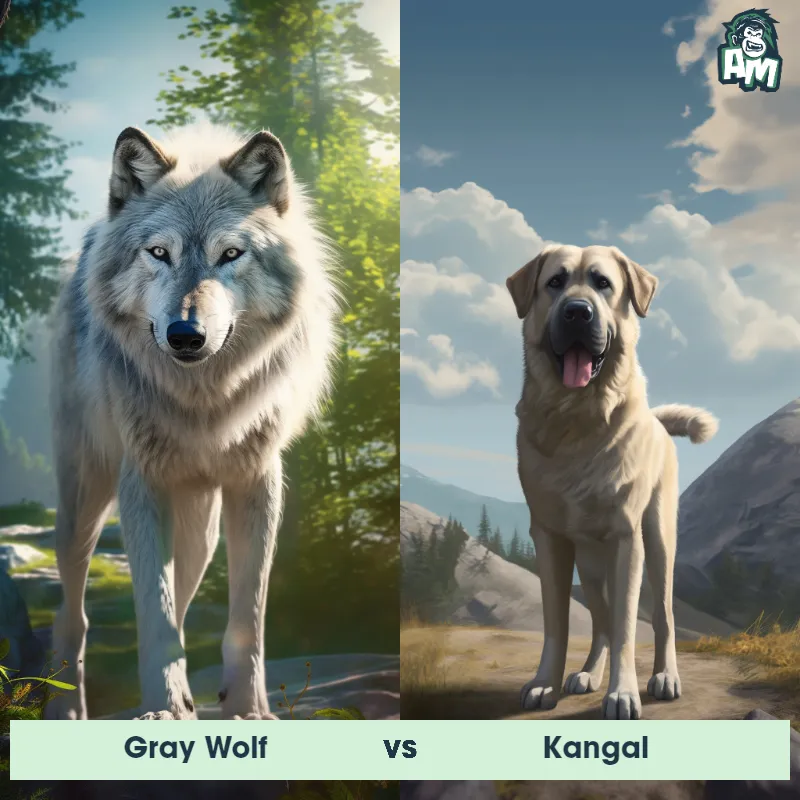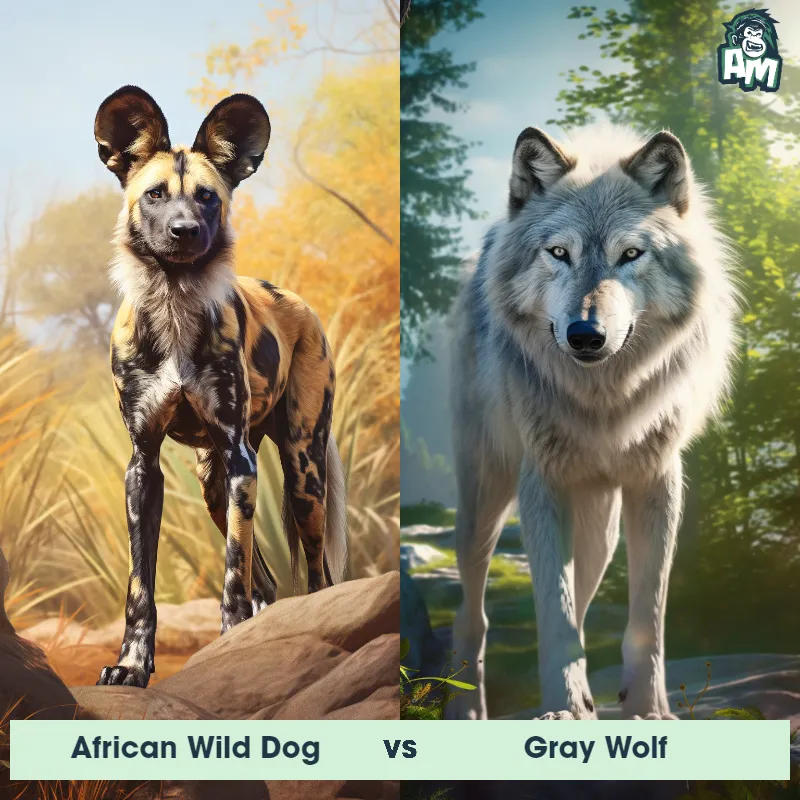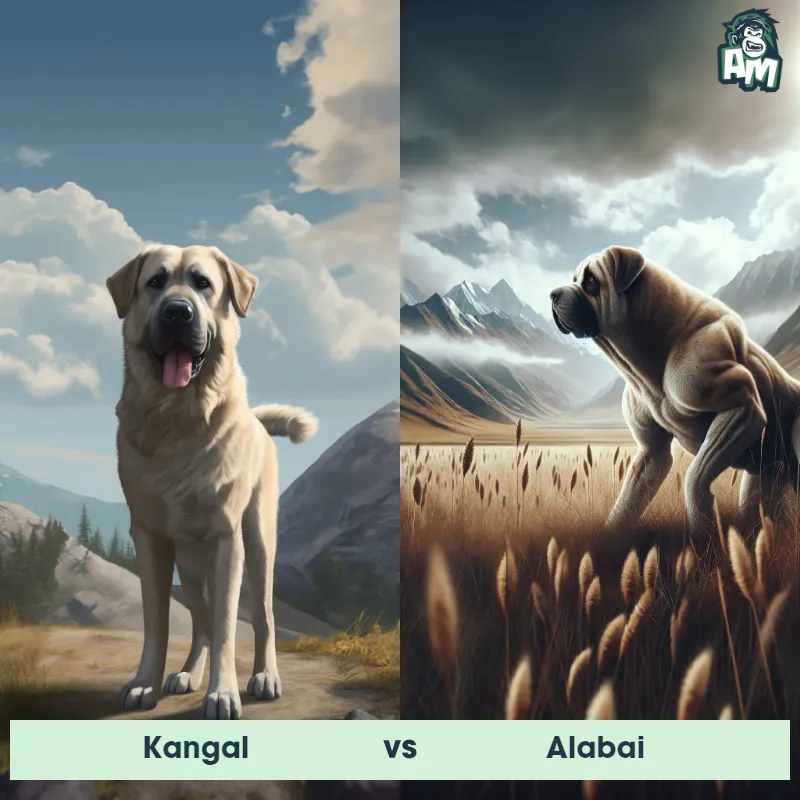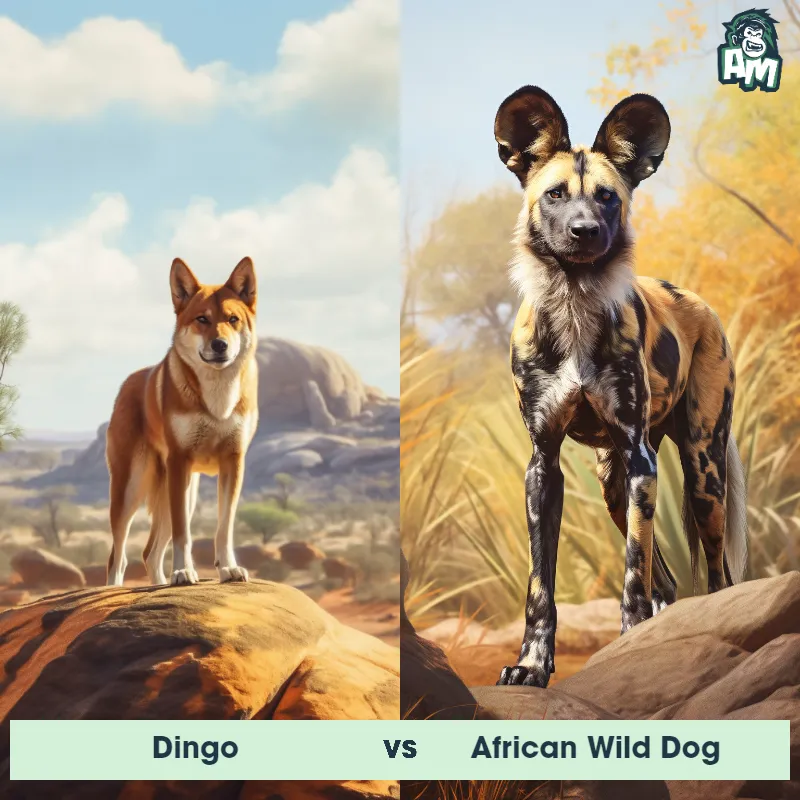Bobcat vs CoyoteSee Who Wins

Ladies and gentlemen, welcome to this enthralling encounter between two skilled and agile predators: the Bobcat and the Coyote. Over three nail-biting rounds, these fierce competitors will demonstrate their agility, cunning, and ferocity as they vie for victory. Without further ado, let the battle begin!
Contender 1: Bobcat
The Bobcat, also known as Lynx rufus, is a medium-sized wild cat native to North America. They have short, reddish-brown fur with black spots and tufted ears. Bobcats are known for their distinctive short tails, which are only 5-6 inches long. They are solitary animals and are most active at dawn and dusk. Bobcats are skilled hunters and prey on small mammals, birds, and reptiles.
Fun Fact: Bobcats are excellent climbers and can easily scale trees to escape predators or hunt prey.
Contender 2: Coyote
The Coyote, also known as the American jackal, is a small, carnivorous mammal that belongs to the Canidae family. They have a slender, agile body with a bushy tail, pointed ears, and a long snout. Coyotes have a grayish-brown fur coat with a white underbelly, and their eyes are yellow and almond-shaped. They are known for their adaptability and intelligence, and can be found in a variety of habitats, from deserts to forests.
Fun Fact: Coyotes are known for their vocalizations, which include howls, yips, and barks, and they use these sounds to communicate with each other and establish their territory.
Matchup Stats
| Bobcat | Coyote | |
|---|---|---|
| Size | 2-3 feet (0.6-0.9 meters) in length | 32-37 inches (81-94 cm) in length |
| Weight | 15-30 pounds (6.8-13.6 kilograms) | 20-50 pounds (9-23 kg) |
| Speed | Speed: 30 mph (48 km/hr) | Speed: 43 mph (69 km/hr) |
| Key Strength | Powerful legs and sharp claws | Speed and agility |
| Biggest Weakness | Small size compared to other predators | Lack of physical strength |
Current Votes
Bobcat vs Coyote
See Who Wins
Matchup Videos
All of our videos contain verified footage of natural encounters between the Bobcat and the Coyote. These are true sightings and observations filmed by tourists, scientists, and wildlife documentarians.View More Matches
Looking For More?
Similar Matches
Scientific Stats
| Bobcat | Coyote | |
|---|---|---|
| Scientific Name | Lynx rufus | Canis latrans |
| Family | Felidae | Canidae |
| Habitat | Forests, deserts, suburban areas | Various habitats, including deserts, forests, and grasslands |
| Geography | North America | North and Central America |
| Diet | Small mammals, birds, reptiles | Omnivorous, eats small rodents, insects, fruits, vegetables, and larger prey like deer and livestock |
| Lifespan | 10 years - 15 years | 10 years - 14 years |
Key Differences between Bobcat and Coyote
- Tail length: Bobcats have a short, stubby tail that is 4-7 inches long, while coyotes have a longer, bushy tail that is 10-16 inches long.
- Face shape: Bobcats have a more rounded face with a short snout, while coyotes have a longer, more pointed snout and a flatter face.
- Ear tufts: Bobcats have distinctive ear tufts on the top of their ears, while coyotes have pointed ears without tufts.
- Leg length: Bobcats have shorter legs in proportion to their body size, while coyotes have longer legs in proportion to their body size.
- Fur color: Bobcats have a reddish-brown coat with black spots, while coyotes have a grayish-brown coat with a lighter underbelly.
- Size: Bobcats are smaller than coyotes, with an average weight of 15-35 pounds compared to coyotes which can weigh up to 50 pounds.
- Habitat: Bobcats prefer forested areas with thick underbrush, while coyotes are adaptable and can be found in a variety of habitats including forests, grasslands, and urban areas.




